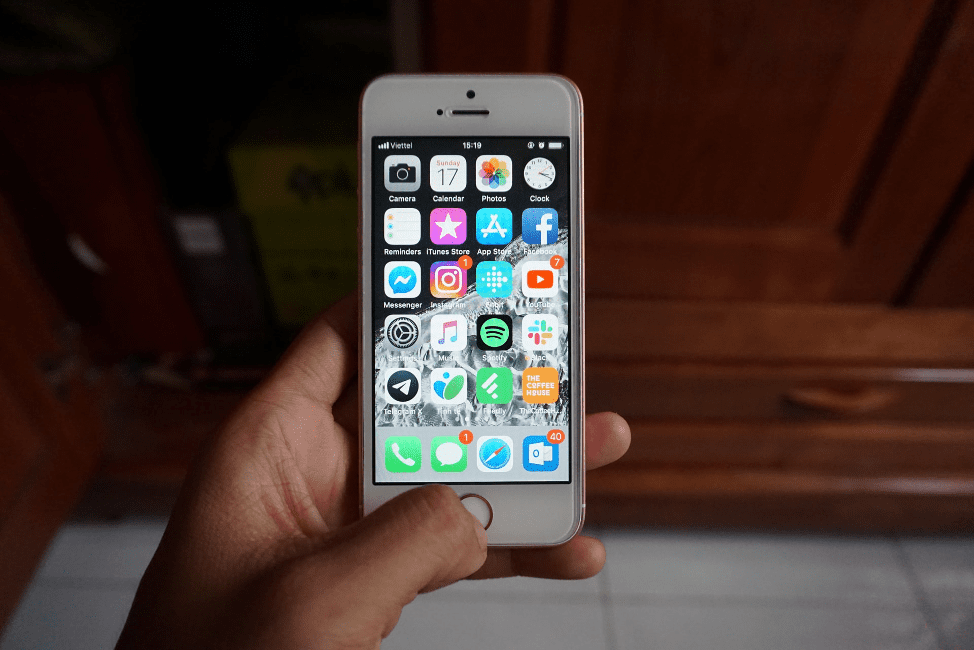Healthcare spending is a significant concern for individuals and societies alike. However, one striking trend is the difference in healthcare expenditure between men and women. Research consistently shows that women tend to spend more on healthcare than men.
Many factors, including biological, societal, and economic aspects influence this gender disparity in healthcare spending. In this article, we will delve into why women spend more on healthcare and explore the implications of this trend.
Longer Life Expectancy
Women generally have a longer life expectancy than men, which means they are more likely to live into old age. While this is a positive aspect of women's health, it also means they are more likely to develop chronic health conditions that require ongoing medical attention.

Andrea Piacquadio/ Pexels | Women use about 10% more medical care; they spend 18% more out of pocket.
Conditions such as osteoporosis, arthritis, and heart disease become more prevalent with age, necessitating regular doctor visits, medications, and treatments, all of which contribute to higher healthcare spending.
Preventive Care
Women are often more proactive in seeking preventive healthcare services. Regular screenings for breast cancer, cervical cancer, and osteoporosis are common among women, as they prioritize early detection and prevention. While these screenings are crucial for detecting diseases in their early stages, they also contribute to higher healthcare expenses.
Societal Norms and Gender Roles
Societal norms and gender roles significantly influence women's healthcare spending. Women are often expected to prioritize the health and well-being of their families, including scheduling and attending medical appointments for their children and elderly relatives. This caregiving role can lead to increased healthcare-related expenditures.

MART PRODUCTION/ Pexels | Prevention is the key to women's health.
Furthermore, the societal pressure for women to maintain a certain appearance can lead to spending on cosmetic procedures, beauty products, and gym memberships. While these expenses are not strictly necessary for health, they are influenced by societal expectations and contribute to women's overall healthcare spending.
Wage Gap and Financial Disparities
Economic factors, such as the gender wage gap, also contribute to the disparity in healthcare spending. Women, on average, earn less than men for similar work, which means they may have less disposable income to spend on healthcare. A lower income can result in women delaying or forgoing necessary medical treatments and check-ups due to financial constraints, leading to more severe health issues.
Mental Health
Mental health is another dimension of healthcare where women may spend more. Women are more likely to seek therapy or counseling services for mental health issues like anxiety and depression.

Elevate Digital/ Pexels | Closing the healthcare cost gap is not just a matter of numbers; it's a matter of social and economic justice that will benefit society as a whole
Mental health stigma has reduced recently, encouraging more people, including women, to seek help. However, mental health treatments and therapy sessions can be costly, contributing to higher healthcare spending for women.
Lack of Insurance Coverage
In some cases, women may face challenges in accessing affordable healthcare due to gaps in insurance coverage.
While strides have been made to ensure women have access to comprehensive health insurance, there are still disparities in coverage, particularly for women in low-income households or working part-time or in jobs that do not offer health benefits. This lack of coverage can result in higher out-of-pocket expenses for women needing medical care.







